 If you’re someone who loves to cook or needs an induction stove for work or travel, you might be wondering: Can you carry an induction stove on a flight? The short answer is yes, but with restrictions.
If you’re someone who loves to cook or needs an induction stove for work or travel, you might be wondering: Can you carry an induction stove on a flight? The short answer is yes, but with restrictions.
Airlines and security agencies have strict regulations regarding electrical appliances, especially those with heating elements and power sources. While most induction stoves don’t have an open flame, they still contain electrical components that may raise safety concerns during air travel.
Travelling electronic kitchen appliances on a plane isn’t as simple as tossing them into your suitcase. You need to consider airline policies, TSA regulations, weight limits, and safety guidelines before packing. Some airlines allow induction stoves in checked baggage, while others impose restrictions based on size, wattage, or battery type.
Failing to comply with these rules could result in delays, additional screening, or even confiscation of your appliance at the airport. To help you travel hassle-free, this guide will cover:
-
Airline regulations on carrying induction stoves.
-
Do’s and don’ts of packing an induction stove for air travel.
-
Best packing practices to prevent damage or security issues.
-
Alternative solutions for cooking while travelling.
By the end of this blog, you’ll have a clear understanding of how to safely and legally bring your induction stove on a plane, so you can enjoy home-cooked meals no matter where you go.
Can You Carry An Induction Stove On A Flight
If you’re thinking about travelling with an induction stove, you might be wondering whether it’s allowed on a plane.
The Transportation Security Administration (TSA) and most international airlines permit induction cooktops in checked baggage, but they typically restrict them from carry-on luggage due to size, weight, and safety concerns.
Since induction stoves are electrical appliances with heating elements, airlines enforce strict guidelines to ensure passenger safety. Here’s what determines whether you can bring an induction stove on a plane:
Size & Weight Restrictions
Most airlines have baggage weight limits ranging from 50 lbs (23 kg) for economy class to 70 lbs (32 kg) for first-class travellers. An induction cooktop can be bulky and heavy, making it essential to check your airline’s weight restrictions.
If your stove exceeds the limit, you may have to pay extra baggage fees or remove it from your luggage.
Battery Power Considerations
If your portable induction stove comes with a built-in lithium-ion battery, it could be subject to stricter regulations. Many airlines prohibit large lithium batteries in checked baggage due to fire risks.
Some may allow removable batteries in carry-on luggage, but there are usually watt-hour (Wh) limitations. Always check your airline’s policy on battery-powered appliances before travelling.
Heating Element Restrictions
Although induction cooktops don’t have an exposed heating coil like traditional electric stoves, some airlines still categorize them as high-risk electronic devices.
If the induction stove appears to have visible heating components or is deemed a fire hazard, airport security may refuse to allow it in carry-on or checked baggage.
Airline policies on carrying an induction stove on a flight can vary. Some low-cost carriers may have stricter baggage rules, while major international airlines might allow induction stoves in checked bags with certain conditions.
To avoid last-minute hassles, always contact your airline in advance and confirm their carry-on and checked baggage rules regarding electrical kitchen appliances.
 Airline Policies On Carrying Induction Stoves
Airline Policies On Carrying Induction Stoves
Different airlines have different regulations when it comes to carrying electrical appliances, including induction stoves.
While most airlines permit induction stoves in checked baggage, some low-cost carriers and regional airlines impose additional weight and size restrictions due to limited cargo space.
Carry-on luggage restrictions for induction cooktops are stricter as it contain electronic components and heating elements, which may be classified as potential safety hazards.
Before packing your induction stove for air travel, it's important to review your airline’s specific baggage policies to prevent last-minute hassles at the airport. Below is a detailed breakdown of the policies followed by some major airlines:
|
Airline |
Checked Baggage |
Carry-On Baggage |
Additional Notes |
|
American Airlines |
Allowed |
Not Allowed |
Must comply with weight & size limits. |
|
Emirates |
Allowed |
Not Allowed |
Subject to standard checked baggage regulations. |
|
Ryanair |
Allowed (weight limits apply) |
Not Allowed |
Strict baggage policies; excess weight fees may apply. |
|
Lufthansa |
Allowed |
Not Allowed |
Portable electric appliances are permitted in checked baggage. |
|
Qatar Airways |
Allowed |
Not Allowed |
Ensure proper packaging to avoid damage. |
|
British Airways |
Allowed |
Not Allowed |
No exposed heating elements are allowed in carry-on. |
|
IndiGo Airlines |
Allowed |
Not Allowed |
Strict size and weight limits for checked bags. |
|
AirAsia |
Not Allowed |
Not Allowed |
Some budget airlines restrict electronic cooking devices entirely. |
|
Singapore Airlines |
Allowed |
Not Allowed |
Must comply with international safety standards. |
|
Etihad Airways |
Allowed |
Not Allowed |
Portable cooking appliances must be securely packed. |
Some quick takeaways about airline regulations:
-
Checked baggage: Most airlines allow induction stoves if they meet size and weight limits (23-32 kg).
-
Carry-on baggage: Not permitted due to heating elements, which may be flagged as fire hazards.
-
Low-cost airlines: Stricter policies; some ban electronic cooking devices entirely.
-
Policy changes: Always check with your airline for the latest rules before travelling.
-
Lithium batteries: If your induction stove has one, you may need to remove and pack it separately per IATA regulations.
By following these guidelines, you can avoid travel disruptions and ensure your portable induction stove reaches your destination safely.
 Do’s And Don’ts Of Carrying An Induction Stove On A Plane
Do’s And Don’ts Of Carrying An Induction Stove On A Plane
When travelling with an induction cooktop, it’s essentiall to follow airline baggage regulations to avoid issues at the airport.
Whether you’re carrying an induction stove in checked baggage or wondering about TSA rules for kitchen appliances, here are the essential do’s and don’ts to ensure a smooth journey.
Do’s: Travel Smart With Your Induction Stove
1.Check Airline and TSA Guidelines Before Packing
Before heading to the airport, check the TSA website and your airline’s baggage policies regarding electronic appliances.
Most airlines allow portable induction stoves in checked baggage but restrict them from carry-on luggage due to electrical components and heating elements.
Pro Tip: Some airlines may have specific weight restrictions or require pre-approval for certain electronic cooking appliances. Always verify with your airline to prevent last-minute surprises.
2. Pack It Properly to Prevent Damage
Induction stoves are fragile appliances, and rough baggage handling can lead to breakage or malfunctions. Follow these steps to protect your portable induction cooktop:
-
Use the original packaging or a well-padded box to absorb shocks.
-
Wrap the stove in bubble wrap or soft clothing layers to prevent scratches.
-
Secure it inside your checked suitcase to avoid movement during transit.
Why It Matters? Airlines are not responsible for damaged electrical appliances due to improper packing. A well-packed induction stove ensures it reaches your destination safely.
3. Remove Detachable Parts For Easy Security Screening
Disassemble your induction cooker by removing:
✔ Power cords
✔ Plug adapters
✔ Removable control panels (if applicable)
Keeping these parts separate helps airport security inspect the device easily and minimizes the risk of your luggage being flagged for extra screening.
4. Carry Documentation If Your Stove Has A Built-in Battery
If your portable induction stove has a built-in lithium battery, you may need to provide:
-
Product specifications (showing battery type and capacity)
-
Manufacturer’s safety certifications (if required by your airline)
Important: Some airlines prohibit induction stoves with lithium batteries in checked baggage due to fire safety concerns. Always check IATA battery regulations before packing.
Don’ts: Mistake To Avoid When Flying With An Induction Stove
-
Don’t pack an induction stove with a Lithium battery in checked baggage
Why?
-
Airlines follow strict lithium battery regulations to prevent fire hazards.
-
Stoves with removable lithium batteries should have the battery packed separately in carry-on luggage.
Solution: If your stove has a built-in battery and your airline doesn’t allow it in checked luggage, consider shipping it separately to your destination.
-
Avoid carrying used stoves with food residue
A dirty induction stove with leftover food stains, oil, or spills may:
-
Trigger additional security checks at the airport.
-
Cause unpleasant smells inside your luggage.
What to Do Instead: Clean your induction stove thoroughly before packing to avoid hygiene concerns and baggage inspection delays.
-
Don’t assume all airlines follow the same rules
While most airlines allow induction stoves in checked baggage, some low-cost carriers (like AirAsia or Ryanair) may have stricter policies or ban electronic cooking devices altogether.
Always Check: Visit your airline’s website or contact customer service to confirm induction stove travel restrictions before booking your flight.
Bringing an induction cooktop on a flight is possible if you follow airline policies, pack it securely, and comply with TSA rules. By keeping these do’s and don’ts in mind, you can avoid unnecessary airport delays, baggage issues, or confiscations.
For a worry-free trip, always double-check your airline’s updated baggage policies, especially if your induction stove has a lithium battery. Safe travels and happy cooking!
 How To Pack Your Induction Stove For Air Travel
How To Pack Your Induction Stove For Air Travel
Proper packing is essential to ensure your induction stove arrives safely without damage or security issues. Follow these best practices:
- Use a Sturdy Travel Case: A hard-shell suitcase or a durable padded bag provides the best protection against rough baggage handling.
- Wrap in Bubble Wrap: Cover your induction cooktop with bubble wrap or soft clothing layers to absorb shocks and prevent scratches.
- Detach Removable Parts: Remove power cords, plug adapters, and detachable control panels to make the unit more compact and easier to inspect.
- Secure Power Cord Separately: Coil and place the power cord in a separate pouch to prevent tangling or damage inside your luggage.
By packing smartly, you can minimize the risk of airport security delays and ensure your induction stove is ready to use at your destination.
Alternative Solutions for Cooking While Traveling
If carrying an induction stove on a plane feels like too much trouble, consider these hassle-free alternatives:
TSA-Approved Travel Cookers:
Compact electric travel cookers and hot plates that meet airline regulations can be a great substitute. Always check wattage and battery restrictions before packing.
Buy or Rent at Your Destination:
Many destinations offer affordable induction cooktops for purchase or rental. This can save you the stress of carrying one and ensures compatibility with local voltage.
Use Hotel or Airbnb Kitchen Facilities:
Many hotels, hostels, and Airbnbs provide shared or in-room kitchens where you can cook without needing to bring your own stove.
By choosing a convenient alternative, you can enjoy home-cooked meals while traveling without worrying about airline restrictions.
 Real-Life Scenarios: When Passengers Attempted to Use Induction Stoves In-Flight
Real-Life Scenarios: When Passengers Attempted to Use Induction Stoves In-Flight
Despite strict airline regulations on electronic cooking appliances, some passengers have attempted to use induction cooktops mid-flight, leading to safety risks and flight disruptions.
⚠️ Incident 1: A Flight to Chaos
On a transatlantic flight, a passenger tried using an induction stove to heat a homemade meal. Within minutes, a burning smell filled the cabin, as the stove’s high power demand overloaded the in-seat electrical system, causing multiple power failures.
Quick action by the flight crew prevented further issues, but the incident led to temporary in-flight disruptions.
⚠️ Incident 2: Cultural Misinterpretation
A traveler carrying an induction cooktop wanted to prepare a traditional meal during the flight. As they set up the appliance on their tray table, concerned passengers alerted the cabin crew.
The crew swiftly intervened, explaining the fire hazard posed by high-heat devices in an oxygen-rich aircraft environment.
These cases highlight why airlines strictly prohibit using portable stoves onboard. Always check airline policies before flying and opt for TSA-approved travel cookers or alternative meal options instead.
Should You Use an Induction Stove on a Plane?
Using an induction stove on a plane is neither practical nor allowed due to strict aviation safety regulations. Airlines prohibit personal cooking appliances to prevent fire hazards, electrical interference, and other safety risks.
Even if an induction stove is packed in checked baggage, attempting to use it onboard presents challenges such as inadequate power supply, limited cabin space, and strict airline policies.
For travelers with specific dietary needs, safer alternatives include pre-ordering in-flight meals, carrying cold, ready-to-eat foods, or requesting reheating services where available. Instead of risking delays or confiscation, it’s best to follow airline guidelines and opt for convenient, travel-friendly meal solutions.
Looking for a safe, efficient, and travel-friendly cooking solution? Explore our range of high-performance induction cooktops at Cygen.Store – perfect for your home, office, or on-the-go cooking needs!

Frequently Asked Questions
Are induction stoves allowed on airplanes?
Induction stoves are generally allowed in checked baggage but not in carry-on luggage due to airline regulations. Always check with your airline for specific policies before traveling.
Why are induction stoves not permitted in carry-on baggage?
Induction stoves contain electrical heating elements and may pose fire hazards or power-related risks. Airline security regulations prohibit high-wattage cooking appliances in the cabin for passenger safety.
Can I use an induction stove during a flight?
No, using an induction stove in-flight is strictly prohibited due to safety risks, electrical incompatibility, and airline policies. Attempting to use one could result in penalties or confiscation.
What are the risks of using an induction stove on an airplane?
Using an induction stove mid-flight can cause electrical overloads, fire hazards, and instability due to turbulence. Airlines enforce strict regulations to prevent such safety threats.
How should I pack an induction stove for air travel?
When placing an induction stove in checked baggage, ensure it is securely packed in a sturdy case with bubble wrap to prevent damage. Remove detachable parts and secure power cords separately.
Are there alternatives to carrying an induction stove while traveling?
Yes! Consider TSA-approved travel cookers, renting a stove at your destination, or using hotel kitchen facilities for convenient and hassle-free cooking while traveling.
What do experts say about using induction stoves on planes?
Experts strongly discourage using induction stoves on aircraft due to regulatory restrictions, power limitations, and safety hazards such as overheating and turbulence-related risks.



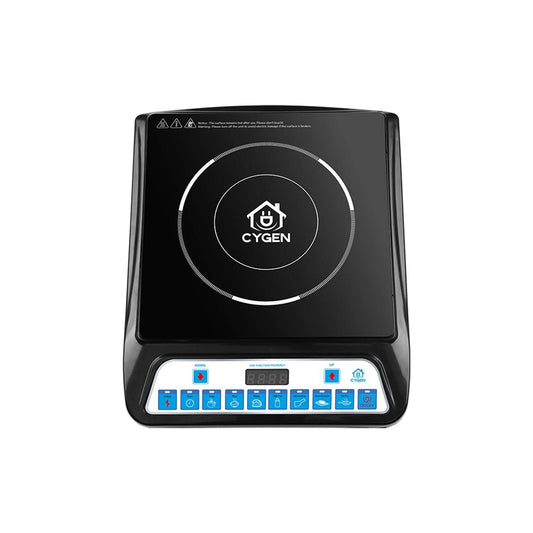
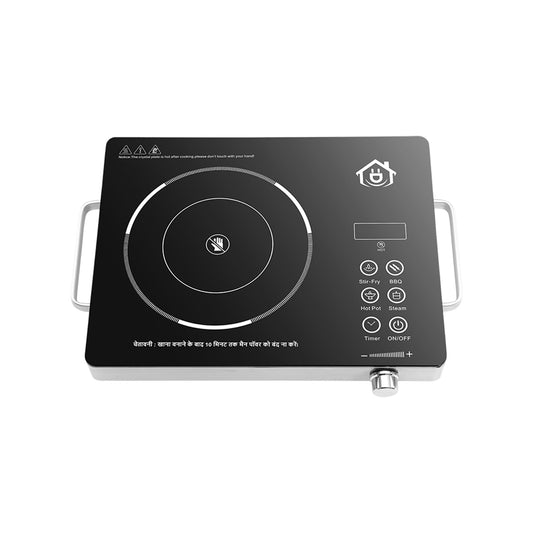
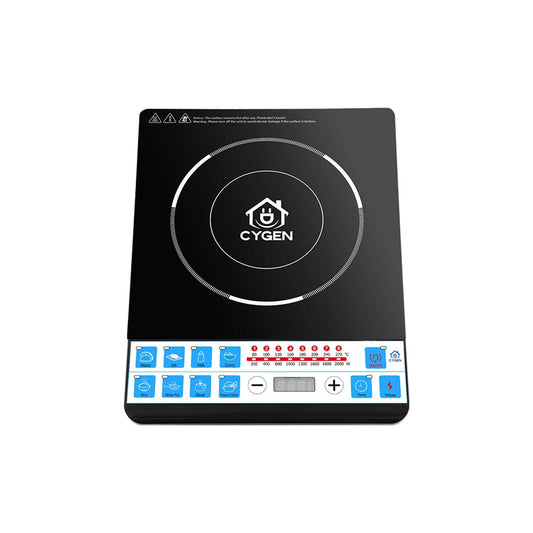
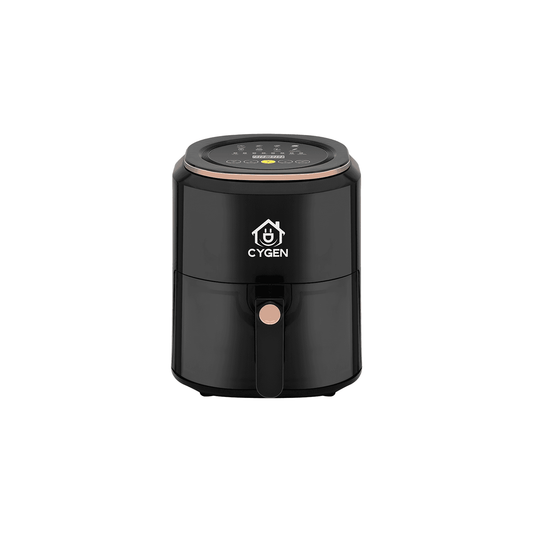
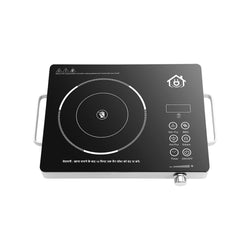
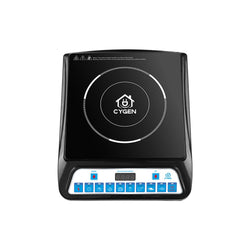
Leave a Reply
Nunc vehicula quam semper odio varius tincidunt. Vestibulum ante ipsum primis in faucibus orci luctus et ultrices posue.
Please note, comments need to be approved before they are published.